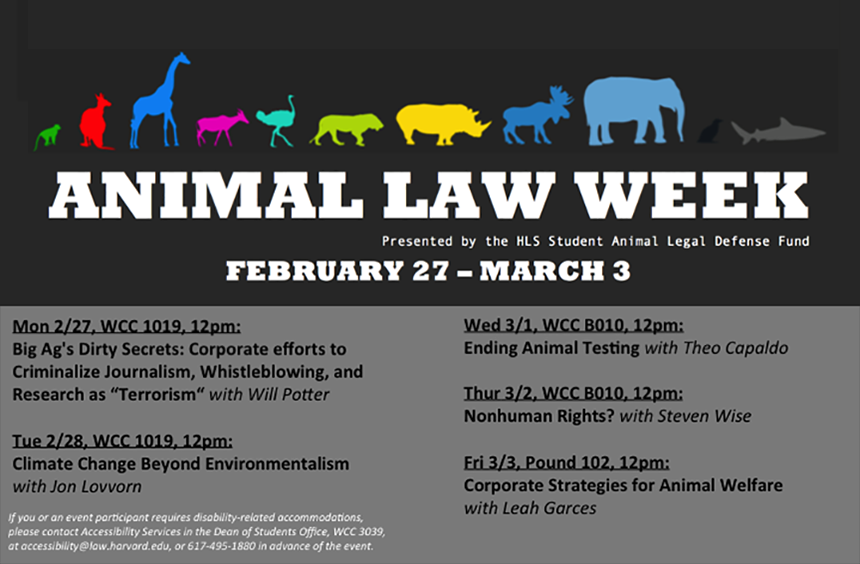In the vast landscape of animal welfare, there looms a particularly contentious question: Do animal cruelty laws extend to farm animals? This inquiry navigates the treacherous legal waters, often obscured by a thick fog of ambiguity, presenting a legal gray zone that remains fraught with challenges and ethical dilemmas. The tension between agricultural practices and the humane treatment of sentient beings encapsulates a larger debate that transcends legalities, delving deep into societal values about the role and treatment of animals.
Farm animals occupy an ambiguous niche in our collective consciousness; they inhabit a paradoxical realm where they are simultaneously cherished and commodified. On one hand, there is a growing societal awareness regarding the rights of animals, spurred by movements advocating for humane treatment across all species. Yet, legislation protecting farm animals lags woefully behind, often relegated to the same shadowy corner that the unsung heroes of animal rights have long battled to illuminate.
In many jurisdictions, animal cruelty laws are engineered to safeguard pets and companion animals, those creatures with whom we share our homes and lives. However, when it comes to livestock—cattle, pigs, chickens—the legal framework exhibits a conspicuous gap. Legally speaking, farm animals are frequently categorized as property, akin to inanimate objects, stripping them of the rights and protections afforded to domesticated pets. This classification perpetuates an age-old paradigm that regards animals more as resources than as sentient beings deserving compassion.
The USDA and various state-level regulations dictate the treatment of farm animals, yet these are often minimal and riddled with exceptions. For instance, the Animal Welfare Act (AWA) offers protections against inhumane treatment, but it excludes birds, rats, and mice bred for research, and importantly, it does not address many livestock concerns in depth. The term ‘minimum standards’ finds itself in this discourse, creating a legal framework that allows for practices deemed acceptable from an agricultural perspective, yet morally repugnant to many advocates. Just as a painter skillfully uses shades to convey depth in their work, the nuances in these laws reflect a spectrum of ethical considerations.
Adding another layer of complexity, various states have enacted their own animal cruelty statutes, leading to a patchwork of legal protections for farm animals across the nation. Some states have introduced measures to improve the living conditions of livestock—mandating larger cages for hens, for example—but these laws are often reactionary and fail to encompass the broader aspects of animal welfare. The fragmented legal landscape suggests an inefficacy that mirrors the struggles of those seeking comprehensive reform. Is it not the responsibility of our legislative bodies to construct a more cohesive framework that genuinely prioritizes the well-being of all animals?
Amidst these complexities, the stark realities of factory farming must also be acknowledged. The overwhelming majority of meat, dairy, and egg production events occur in facilities that prioritize profit over welfare. These environments foster abusive practices, where the chronic stress and suffering of animals are often disregarded in favor of operational efficiency. In these settings, the profound disconnect between the laws meant to protect and the stark realities faced by animals becomes painfully evident. Advocating for change in this context requires not only legal reform but a fundamental shift in societal attitudes toward animal agriculture.
Furthermore, the advent of technology has ushered in a new era of ethical considerations. Many people are turning to alternative protein sources, from plant-based diets to lab-grown meats, enhancing the dialogue surrounding animal cruelty laws. This shift towards ethical eating habits stands as testimony to the changing tides of consumer behavior, yet it simultaneously raises questions around regulatory oversight. If the production of food is undergoing transformation, does the legal infrastructure adapt to reflect these new ethical norms?
Moreover, the emergence of undercover investigations shedding light on animal cruelty within factory farming operations has galvanized public sentiment. These revelations often evoke a visceral response, leading to demands for accountability and reform. Yet, despite this public outcry, the mechanisms for enforcing animal cruelty laws remain sluggish and often ineffective. The inequity between public sentiment and the legislative response underscores a pressing need for robust advocacy and reform efforts.
In navigating the legal gray zone surrounding farm animals, we must enlist the transformative power of advocacy. Comprehensive reform requires a concerted effort from activists, policymakers, and consumers alike. Reimagining our relationship with farm animals and establishing firm legal protections necessitates a shift beyond conventional paradigms—one that embraces a holistic view of animal rights. The path ahead demands not only legal adjustments but also an introspective inquiry into our ethical responsibilities toward fellow sentient beings.
As we strive to illuminate the shadows cast by ignorance and outdated legal frameworks, it becomes imperative to engage in dialogue that challenges societal norms. Recognizing the complex interplay between agriculture and animal welfare can pave the way toward enlightened policies that align legal protections with contemporary ethical standards. The struggle for farm animals is not merely a legislative battle; it is a reflection of our moral compass. The journey may be fraught with challenges, but it is a necessary voyage in pursuit of justice for all beings sharing this planet.
Ultimately, the question of whether animal cruelty laws include farm animals is not only about legal definitions—it is about redefining our connection to the world of animals. As consciousness expands and empathy burgeons, the need for transformative change becomes ever more pressing. Only through a united front advocating for the welfare of all animals can we hope to usher in a new era of kindness and compassion.






